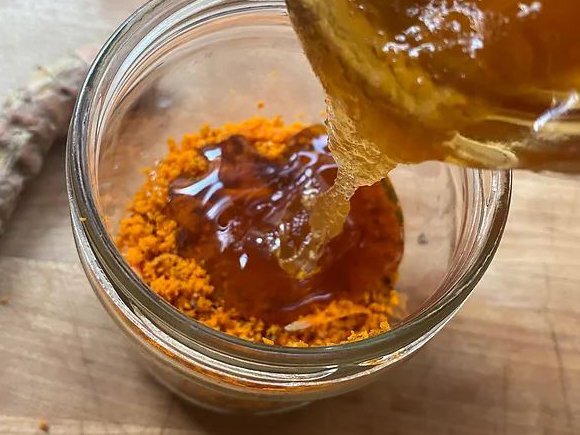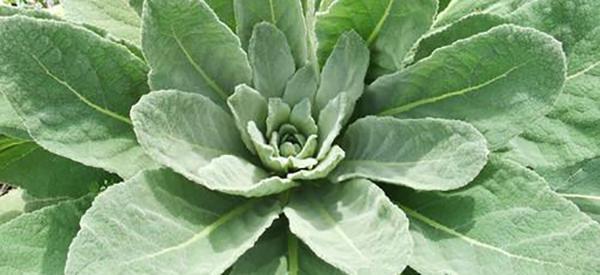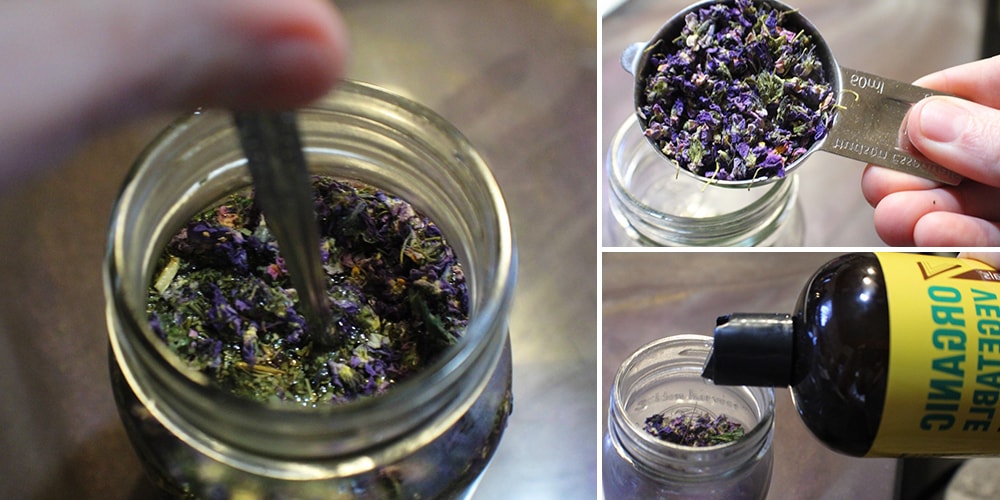
Eyebright (Euphrasia officinalis)
Eyebright’s reputation as an “eye herb” is not just rooted in folklore; it comes from centuries of observation and careful use. Medieval herbalists often linked a plant’s appearance to its purpose, a concept known as the Doctrine of Signatures. The tiny, eye-like markings on Eyebright’s flowers were believed to be nature’s signal that this plant was meant to heal vision-related ailments. While modern science is still uncovering the depth of its properties, studies have confirmed that Eyebright has compounds with antioxidant and anti-inflammatory potential, which may explain its long-standing association with eye health.
Beyond its visual applications, Eyebright also supports overall respiratory wellness. Its astringent nature helps tighten mucous membranes, reducing excess secretions in the nose and throat. This makes it particularly helpful for hay fever, colds, and sinusitis. Many people find that Eyebright tea eases seasonal allergies, providing relief from watery eyes, sneezing, and nasal congestion without the heavy drowsiness that often comes with over-the-counter antihistamines.
Eyebright also contains tannins, flavonoids, and iridoid glycosides, which may explain its broader soothing effect on inflammation throughout the body. These compounds are thought to calm irritation not only in the sinuses and eyes but also in the digestive tract, where the herb was once given for stomach upsets and mild diarrhea. This versatility has secured Eyebright’s place in herbal medicine cabinets for generations.
Eyebright in Natural Medicine
Historically, Eyebright was one of the most celebrated eye tonics of the Renaissance. Herbalists such as Nicholas Culpeper recommended it for improving vision, particularly for those struggling with weak or strained eyes due to reading or sewing in poor light. In many European households, Eyebright compresses were considered a go-to remedy for soothing tired eyes after long hours of labor. The herb’s reputation spread widely, with even poets referencing its power to “clear the sight.”
In natural medicine today, Eyebright is used in a variety of forms. Infusions and tinctures taken internally can help calm seasonal allergy symptoms, while capsules provide a convenient option for those who prefer standardized dosing. Herbalists sometimes blend Eyebright with other plants such as goldenrod or elderflower to enhance its anti-allergy effects. Externally, it is most commonly used as an eyewash or compress, though—as noted—sterility is essential to avoid infection. Commercially prepared sterile eye drops with Eyebright extract are available for safe topical use.
Beyond eye and sinus care, Eyebright has found a modest role in digestive and skin remedies. Its mild astringency can help tone tissues, making it a gentle option for soothing minor skin irritations or calming inflammation in the mouth and throat. In this way, Eyebright serves as a reminder that plants often have multiple applications beyond their most famous use.
 Identification
Identification
Eyebright is a plant easy to overlook in the wild due to its size, yet unmistakable once you know what to look for. Standing only 6–8 inches tall, it has a delicate branching stem lined with small, serrated leaves. The flowers are the most distinguishing feature: dainty, tubular blossoms with a white-to-lilac base, purple veins, and a central splash of yellow. This bright “eye” at the throat of each flower is what drew early healers to associate the plant with vision.
It is important to note that Eyebright is a semi-parasitic plant. Unlike many herbs that thrive independently, Eyebright attaches its roots to nearby grasses and wildflowers to draw nutrients and water. This unique survival strategy means it is often found in grassy meadows, pasturelands, and hillsides where it grows in loose clusters among other plants.
For the careful forager, identifying Eyebright requires both a keen eye and timing. Its small flowers bloom between July and September, making late summer the easiest season to spot it. Because of its subtle size, many who walk past it never notice its presence, yet those who learn to recognize it often find that it appears more abundantly than they once thought.
Foraging and Harvesting Season
Eyebright thrives best in open meadows, particularly those with well-drained, lime-rich soils. It is commonly found across Europe, Asia, and North America, though it remains less abundant than many other meadow herbs. Farmers once considered it a nuisance in pasturelands, as its parasitic nature could weaken grasses, yet herbalists treasured its medicinal value and carefully gathered it each summer.
The best time to harvest Eyebright is when the plant is in full bloom, typically from late July through early September. At this stage, the aerial parts—stems, leaves, and flowers—contain the highest concentration of active compounds. Harvesting should be done with care, taking only a portion of the plant and leaving enough to ensure it can reseed naturally for future growth. As with many wild herbs, sustainable harvesting is essential to preserve its population.
Once gathered, Eyebright should be dried quickly in a shaded, well-ventilated area to preserve its potency. Traditionally, it was tied in small bundles and hung upside down in lofts or pantries away from direct sunlight. Once dry, the plant can be crumbled and stored in airtight containers, ready for use in teas, tinctures, or external preparations throughout the year.
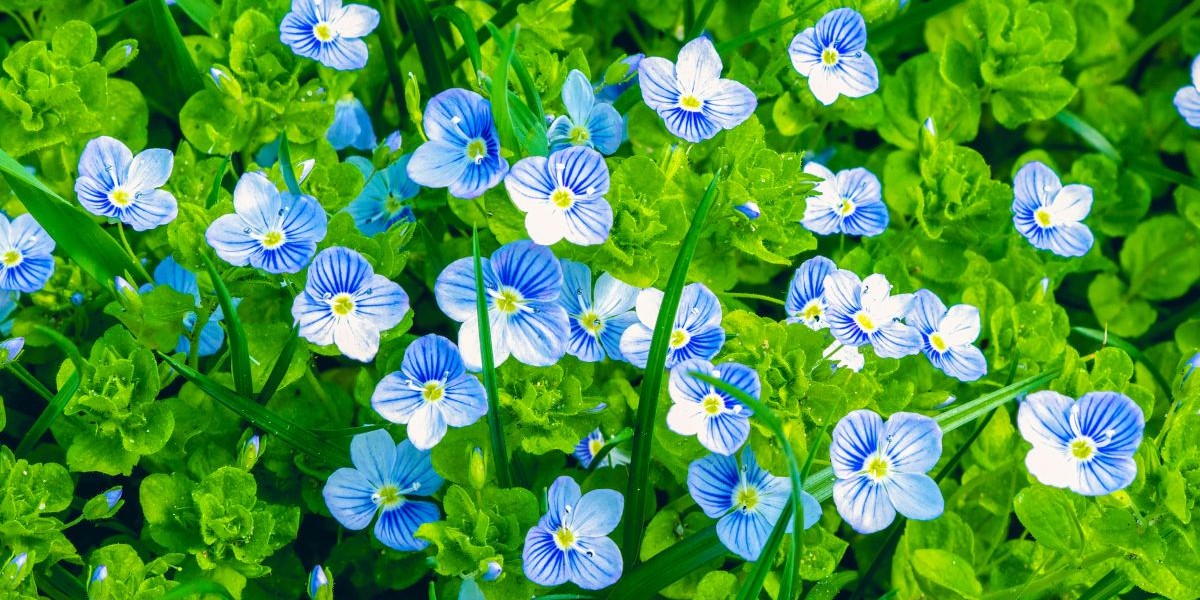
Similar Plants (and How to Tell the Difference)
| Plant | Key Difference from Eyebright |
| Red Bartsia | Taller, reddish stems; flowers are pink-purple, not white with yellow. |
| Yellow Rattle | Larger, inflated yellow flowers with toothed calyx. |
| Speedwell | Blue flowers with four petals; creeping growth habit. |
Several meadow plants can be confused with Eyebright, particularly when it is not in full flower. Red Bartsia is one of the most common lookalikes, with its reddish stems and pinkish flowers that lack the yellow “eye” of true Eyebright. Another plant, Yellow Rattle, grows in similar grassy environments but is larger, with balloon-like yellow flowers and a rattling seed pod that gives it its name.
Speedwell is another common plant that might mislead foragers. While Speedwell also has small, delicate flowers, its blossoms are a distinct shade of blue and feature four petals, unlike Eyebright’s patterned white-to-lilac blooms. Learning these distinctions not only ensures correct identification but also deepens one’s appreciation for the diversity of meadow flora.
Parts Used
The most commonly used parts of Eyebright are its aerial portions—flowers, leaves, and stems. Harvesting during bloom captures the peak of its medicinal qualities, as this is when the concentration of iridoid glycosides and flavonoids is highest. These compounds are largely responsible for the plant’s soothing, anti-inflammatory, and astringent properties.
In traditional remedies, the fresh plant was sometimes used, but most commonly it was dried for storage. Drying concentrates the herb’s compounds and ensures availability year-round. Once prepared, Eyebright could be steeped into tea, distilled into tinctures, or infused in oil for topical use. While the root system plays a role in the plant’s growth, it is not typically used medicinally.
 The Forgotten Home Apothecary
The Forgotten Home Apothecary
The wisdom of Eyebright is just one piece of a much larger puzzle—an interconnected web of traditional remedies that sustained generations before modern medicine became commonplace. The Forgotten Home Apothecary gathers this knowledge into a practical guide for the modern household. From herbs that soothe coughs and colds to plants that ease pain or calm the nerves, this book reintroduces the healing power of the natural world in a way that is simple, safe, and effective.
What sets this resource apart is its accessibility. Remedies are explained step by step, using plants that many can grow in their gardens or find in local fields and forests. In an age of uncertainty, when supply chains falter and pharmaceuticals may not always be within reach, having this knowledge is not just comforting—it is empowering. It returns the responsibility of health back into our hands, guided by nature’s timeless pharmacy.
By reconnecting with the herbal traditions of the past, we not only reclaim forgotten skills but also cultivate resilience. Eyebright is a small example of this—an overlooked flower with profound potential. And The Forgotten Home Apothecary helps ensure that treasures like this are never lost again.
👉 Click here to learn more about The Forgotten Home Apothecary
Final Thoughts
Eyebright may appear small and insignificant in the meadow, but its history speaks volumes about the value of traditional plant wisdom. For centuries, people turned to its delicate flowers for relief when their eyes were weary or when the seasons stirred up allergies. That enduring legacy is proof of its effectiveness, carried through generations even as medicine advanced.
While it should never replace professional care in serious conditions, Eyebright remains a gentle ally for everyday discomforts. It embodies the principle that healing can come from the simplest sources—plants that grow quietly at our feet, waiting to be recognized. In a time when modern solutions can feel complex and costly, Eyebright reminds us of the elegance of nature’s remedies: humble, accessible, and enduring.








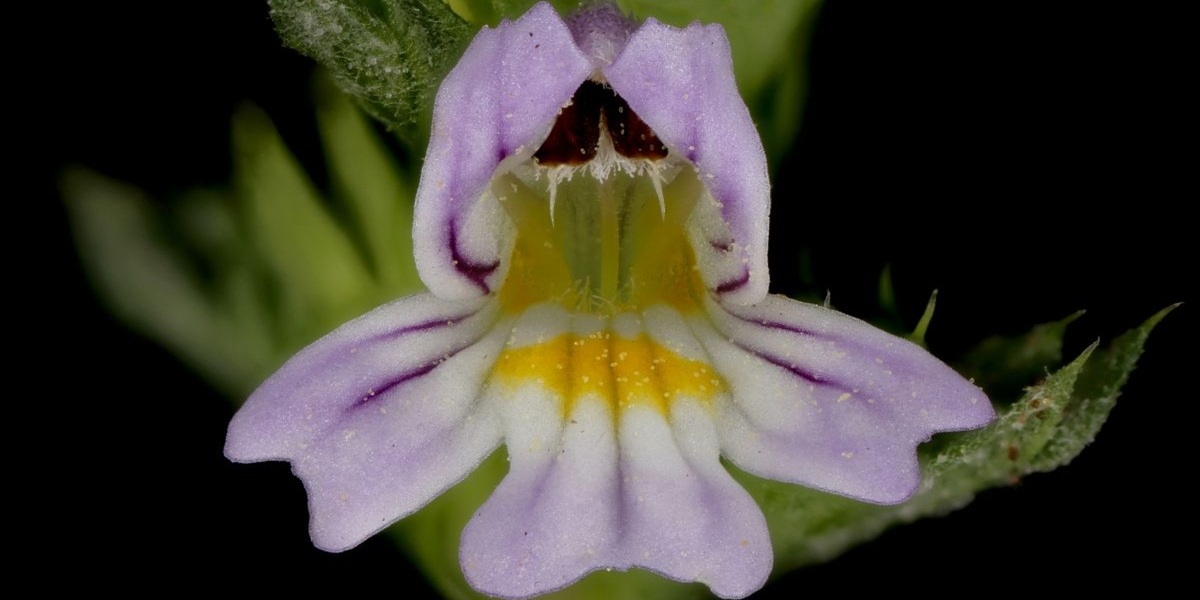 Identification
Identification The Forgotten Home Apothecary
The Forgotten Home Apothecary